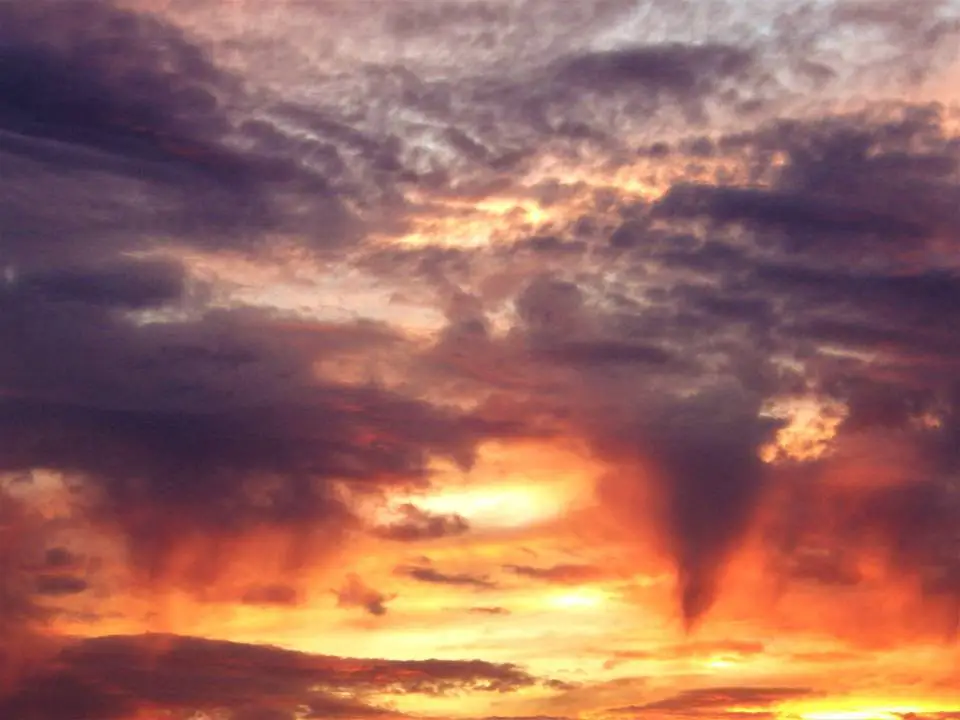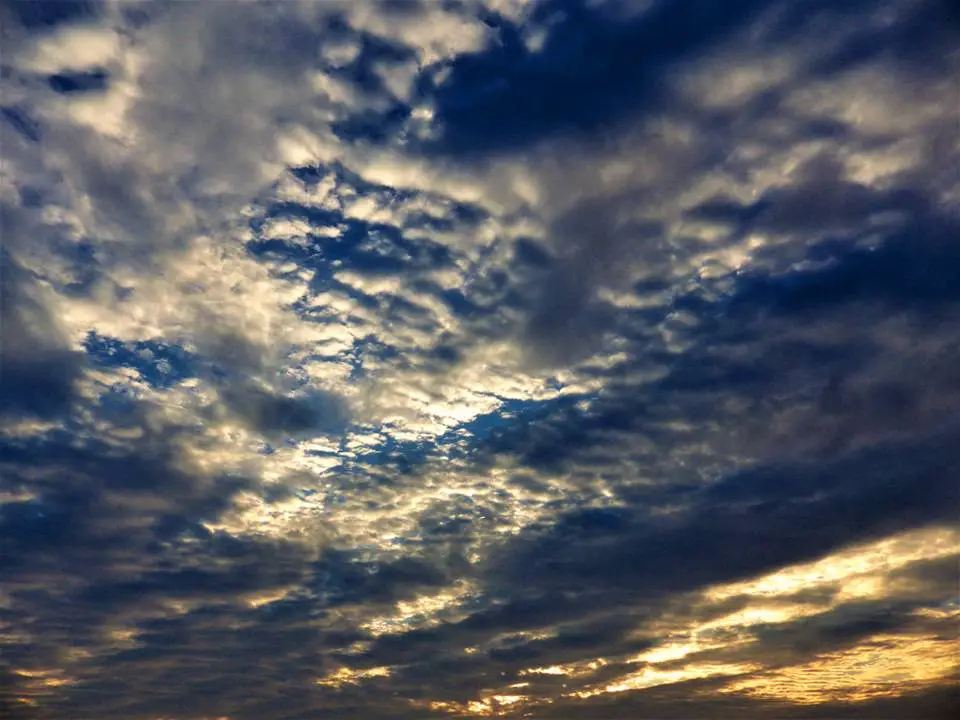Estimated reading time: 7 minutes
Weather prediction in our modern world is a complex and highly technical field, with doppler radar and weather satellites carrying a lot of the load. But those are recent inventions, not available before the last century.
Still, people needed to know what to expect from the weather, long before that technology existed. Back in the pioneering days, weather affected planting, harvesting, travel and a host of other day-to-day activities. Not having some idea of what weather to expect could have some rather grave consequences.
While weather affects us all, farmers have to live by it. Plant too early in the year and your seedlings may die to a late freeze; but plant too late and you lose valuable growing time.
The same sort of thing happens at the end of the growing season, as that first freeze can kill crops and spoil food; but if you harvest too soon, you won’t get the best yield. That may not make much difference if you live in Texas, where you have two to three growing seasons in a year; but it sure does if you live in Minnesota.
Fortunately for those old farmers, weather is interconnected. They could learn a lot about what was happening by watching the actions of animals, as well as the rest of nature. We might not see those signs today, but to them, they spoke as loudly as the weatherman… and probably more accurately.
Want to save this post for later? Click Here to Pin It On Pinterest!
Start with the Clouds

Any real storm is going to come in via clouds, so it only makes sense to see what those clouds look like and to understand what the different sorts of cloud formations mean. While this only helps as far as we can see, it can give us several hours’ worth of notice as to what is coming our way.

As a starting point, learn to notice how high the clouds are above the ground. Not all clouds fly at the same altitude, but storm clouds tend to be closer to the ground. When the clouds are high, we can expect the weather to be good.
The rain clouds we’re looking for are known as nimbostratus clouds. They are dark and hang low. On the other hand, cumulus clouds, which are higher and tower way up into the sky, are an indication of rain showers later in the day.
The clouds most of us think of as storm clouds, called cumulonimbus clouds, are the harbinger of thunderstorms.
They will usually start gathering early in the day, accumulating throughout the day. When you see them, watch their direction. If they’re coming towards you, expect thunderstorms.
Long before those cumulonimbus clouds appear, cirrus clouds, which are stringy and fluffy, traveling high in the sky, broadcast that bad weather will appear within the next 36 hours. Another such indicator are altocumulus clouds, which look like fish scales.
When fall and winter come around, we can often get an indicator that cold weather is on the way by the appearance of cirrocumulus clouds. These are small and puffy, usually appearing in rows.
Other Signs in the Sky
While clouds are the main weather indicator in the sky, they aren’t the only one. everyone knows a rainbow is an indicator of rain. The question then becomes, where is the rain in comparison to you and which way is it moving?
Check the wind, both by looking at the trees and looking at how birds are flying, higher above the ground. Weather patterns tend to move from west to east, so if the rainbow is in the west, the rain is coming towards you.
At night, a ring around the moon, indicates that snow or rain are on the way and will arrive in 72 hours or less.
The old sailor’s saying of “Red sky at night, sailors delight. Red shy in morning, sailors take warning” actually has some meaning to it. The red sky in the morning refers to a red sunrise.
This indicates that the dry air has already passed, meaning that rain or snow is on the way. On the other hand, when the sunset is red, it means that there is a high-pressure system on the way, which will bring wind and dry air.
Keep an Eye on the Animals
Many animals have an affinity for the weather, to the point that modern weather forecasters should hire a few. If you have domestic livestock, their actions will tell you what weather is on the way. If not, watch the movement of birds and animals, as they need to protect themselves from the weather too.
Big game that lives in the mountains, such as deer and elk, move down to lower elevations before the snow falls. When they do, snow is surely on the way, especially if they do so earlier in the season than normal.
Frogs know when rain is coming and will croak more and louder when it is on the way. The more they croak, the more rain you should expect. Those frogs aren’t the only ones who can predict the rain though; all sorts of birds are sensitive to the weather. When it’s about to rain, they’ll be flying closer to the ground.
If you see them flying high, don’t worry about rain. While bats aren’t birds, they also fly. If they’re flying around, expect fair weather; but if there are bats near your home and they can’t be found at night, expect rain. Cows too sense the coming of rain and will move to a sheltered area. If no shelter is available, they’ll lie down in groups.
Even dogs and cats know when the rain is coming. For some unknown reason, probably associated with changes in the air pressure, cats will clean their ears before it rains. Dogs, on the other hand, will eat grass. Don’t confuse this with dogs eating grass to make them throw up though.
If you want a natural thermometer, make sure you’ve got crickets around. Crickets are cold-blooded, so their metabolism is affected by temperature. The faster they chirp, the warmer it is. So, count how many chirps in a minute and add 40 to it. That’s the temperature in Fahrenheit.
Don’t Forget the Farmer’s Almanac
While those pioneers were able to tell much about the weather by watching nature, they also depended on the Farmer’s Almanac. Published since 1792, it provides a host of useful information, including weather forecasts for the entire year. Surprisingly, they have proven to be more accurate at predicting upcoming weather, than much of our modern technology. Doubling that surprise, they do it a year ahead of time.
While the Farmer’s Almanac has provided valuable information to farmers for over 200 years, it isn’t the first publication of its kind. Benjamin Franklin created what can be considered to be the prototype, when he came out with Poor Richard’s Almanac. The last year that Franklin published his almanac was 1758 and was immensely popular, which may have something to do with the Farmer’s Almanac starting 34 years later.
Like this post? Don't Forget to Pin It On Pinterest!
You May Also Like:





Hard to predict a lot of weather these days with several countries using HAARP and other weather modification equipment. Meteorologist struggle with forecasts; computer adjusted and adjusting is all they use with best guessing and current understanding of what’s really going on.